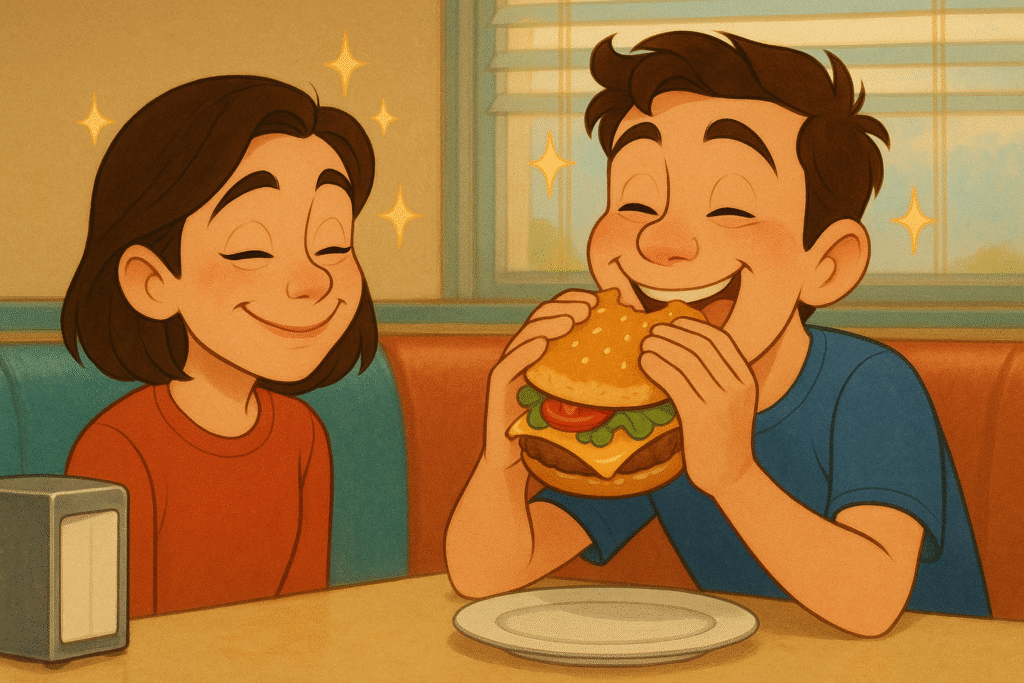
Ever wonder why watching someone bite into a juicy burger makes your mouth water? (Maybe enough to even buy a George Foreman Grill?)
Have you questioned why you suddenly crave coffee after seeing someone else savor their morning cup?
You’re experiencing mirror neurons in action — specialized brain cells that fire both when you perform an action AND when you watch someone else do it.
Mirror neurons create a direct neural link between perception and action. When you observe someone using a product, your brain activates as if you were using it yourself.
This is fascinating neuroscience — and a marketing goldmine most product makers completely ignore.
Nielsen’s consumer neuroscience research across 13,000 projects shows that mirror neuron-optimized advertising campaigns achieve 20-35% higher engagement rates than traditional approaches. (That’s a whopper of a sample size, I’ll say.)
The mechanism is automatic and unconscious.
When customers see someone enjoying your product, their Dog Brains literally simulate that experience, creating genuine emotional responses that influence purchasing decisions.
This explains why product demonstrations work so much better than feature lists.
Why user-generated content outperforms professional ads.
Why the “unboxing video” genre exploded into a multi-billion dollar influence machine.
In I Need That, I explore how successful products trigger the moment customers think “I need that”—and mirror neurons provide the neurological pathway to create that response.
Product Payoff: Coca-Cola’s “Share a Coke” campaign generated 7% sales increases, 998 million Twitter impressions, and 870% increase in Facebook traffic by triggering identity-based mirroring. When consumers could see themselves reflected in personalized bottles, their mirror neurons activated through personal connection, creating authentic desire for the product.
Action for today: Check out your product marketing content through a mirror neuron lens. Are you showing people actually using your product in relatable situations? Do your demonstrations include the physical actions customers would perform?
Research shows that ads featuring “grasping and bringing to mouth” actions achieve significantly higher memorization rates than static presentations.
Replace professional actors with real customers experiencing genuine emotions. Your viewers’ brains will thank you — and so will your conversion rates!
Have you noticed yourself being influenced by watching others use products? Have you felt someone’s pleasure (or pain) in a weird way?
Tap that reply arrow and share how mirror neurons have affected your own purchasing decisions.
Or reach out to my team of consumer psychology specialists at Graphos Product.
